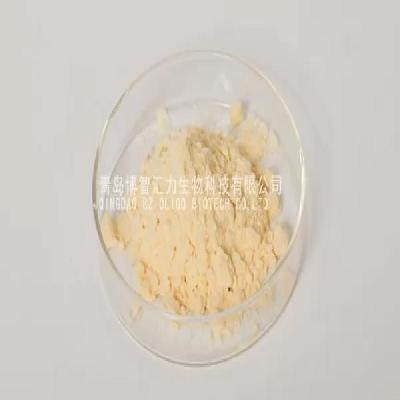-
Categories
-
Pharmaceutical Intermediates
-
Active Pharmaceutical Ingredients
-
Food Additives
- Industrial Coatings
- Agrochemicals
- Dyes and Pigments
- Surfactant
- Flavors and Fragrances
- Chemical Reagents
- Catalyst and Auxiliary
- Natural Products
- Inorganic Chemistry
-
Organic Chemistry
-
Biochemical Engineering
- Analytical Chemistry
-
Cosmetic Ingredient
- Water Treatment Chemical
-
Pharmaceutical Intermediates
Promotion
ECHEMI Mall
Wholesale
Weekly Price
Exhibition
News
-
Trade Service
Due to the limited technical level of power batteries, new energy vehicles have low cruising range, short life, and high attenuation rate, which hinders the large-scale application of
new energy vehicles.
Recently, South Korea and Japan have successively announced breakthroughs in power battery material technology, and the cost of power batteries will decline
in the future.
Recently, a research team at the Ulsan Institute of Science and Technology in South Korea developed a cathode material for secondary batteries, which can increase the capacity of existing batteries by 45%, that is, the cruising range of electric vehicles is at least 100 kilometers on the basis of the current more than 200 kilometers
.
The research group succeeded in increasing battery capacity
by developing "graphite-silicon composites" that replace the graphite electrodes used in existing batteries.
In addition to improving the cruising range, the new technology greatly shortens the charging and discharging time, and the battery charging and discharging speed is more than 30% faster than
the existing battery.
The industry expects that the mass production of such new batteries will be easier and will have a strong price competitive advantage
in the future.
Japan's Panasonic information shows that the research team led by Professor Junichi Yoshida of Kyoto University in Japan has developed a new organic material using lithium and carbon, and successfully trial-produced a new lithium battery
that does not use cobalt as an electrode material.
The test results show that the battery produced by the new material has the same capacity
as the lithium battery with cobalt-containing material as electrode.
This lithium battery is expected to get rid of the dependence on cobalt and greatly reduce production costs
.
Another advantage of the lithium batteries produced by this new material is that they have longer battery life and lower
attenuation rates.
Panasonic plans to improve this new material, hoping to increase the number of power battery charges and discharges to 500 to 1,000 times, and then commercialize production
.
Due to the limited technical level of power batteries, new energy vehicles have low cruising range, short life, and high attenuation rate, which hinders the large-scale application of
new energy vehicles.
Recently, South Korea and Japan have successively announced breakthroughs in power battery material technology, and the cost of power batteries will decline
in the future.
Recently, a research team at the Ulsan Institute of Science and Technology in South Korea developed a cathode material for secondary batteries, which can increase the capacity of existing batteries by 45%, that is, the cruising range of electric vehicles is at least 100 kilometers on the basis of the current more than 200 kilometers
.
The research group succeeded in increasing battery capacity
by developing "graphite-silicon composites" that replace the graphite electrodes used in existing batteries.
In addition to improving the cruising range, the new technology greatly shortens the charging and discharging time, and the battery charging and discharging speed is more than 30% faster than
the existing battery.
The industry expects that the mass production of such new batteries will be easier and will have a strong price competitive advantage
in the future.
Japan's Panasonic information shows that the research team led by Professor Junichi Yoshida of Kyoto University in Japan has developed a new organic material using lithium and carbon, and successfully trial-produced a new lithium battery
that does not use cobalt as an electrode material.
The test results show that the battery produced by the new material has the same capacity
as the lithium battery with cobalt-containing material as electrode.
This lithium battery is expected to get rid of the dependence on cobalt and greatly reduce production costs
.
Another advantage of the lithium batteries produced by this new material is that they have longer battery life and lower
attenuation rates.
Panasonic plans to improve this new material, hoping to increase the number of power battery charges and discharges to 500 to 1,000 times, and then commercialize production
.







